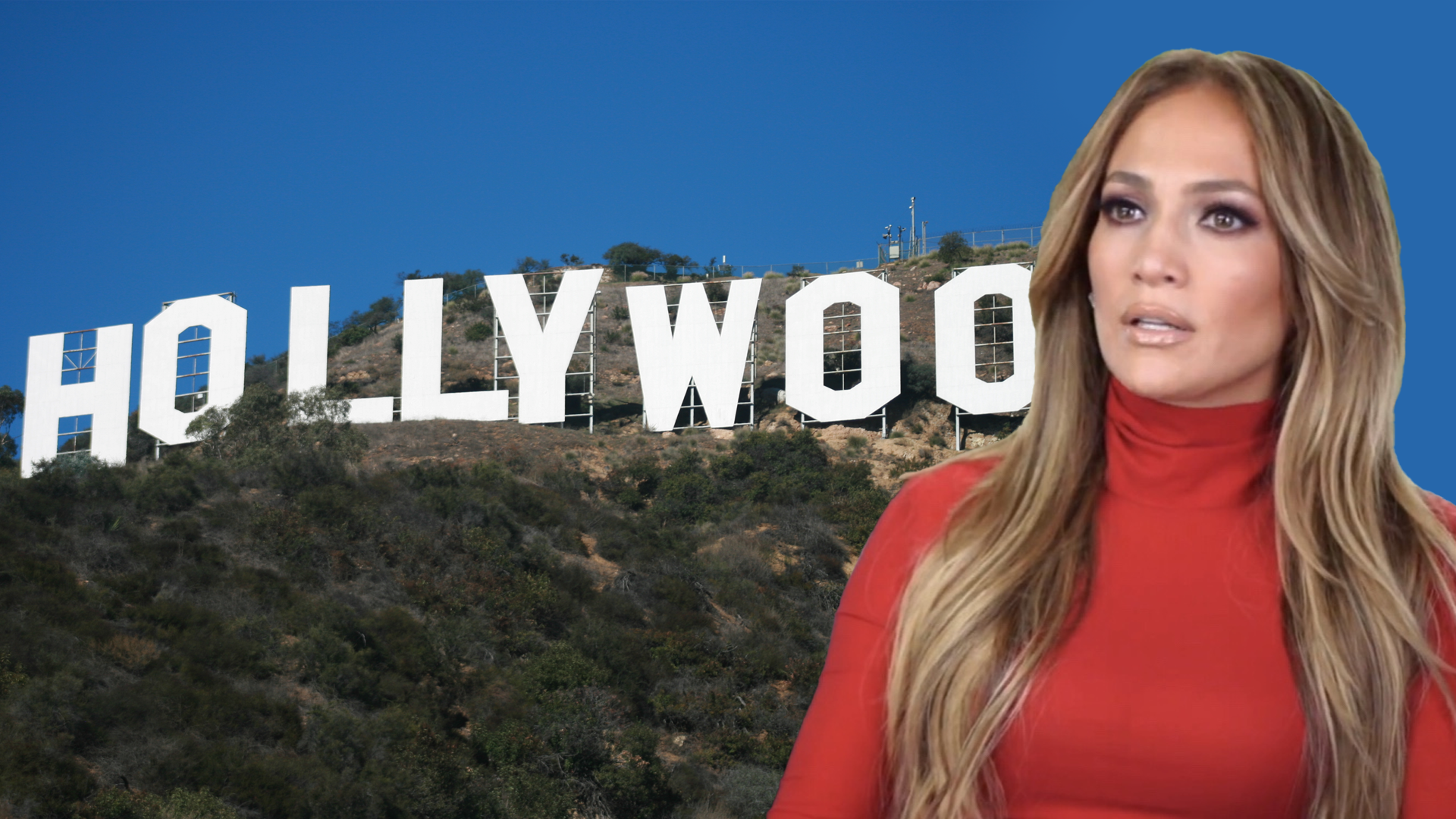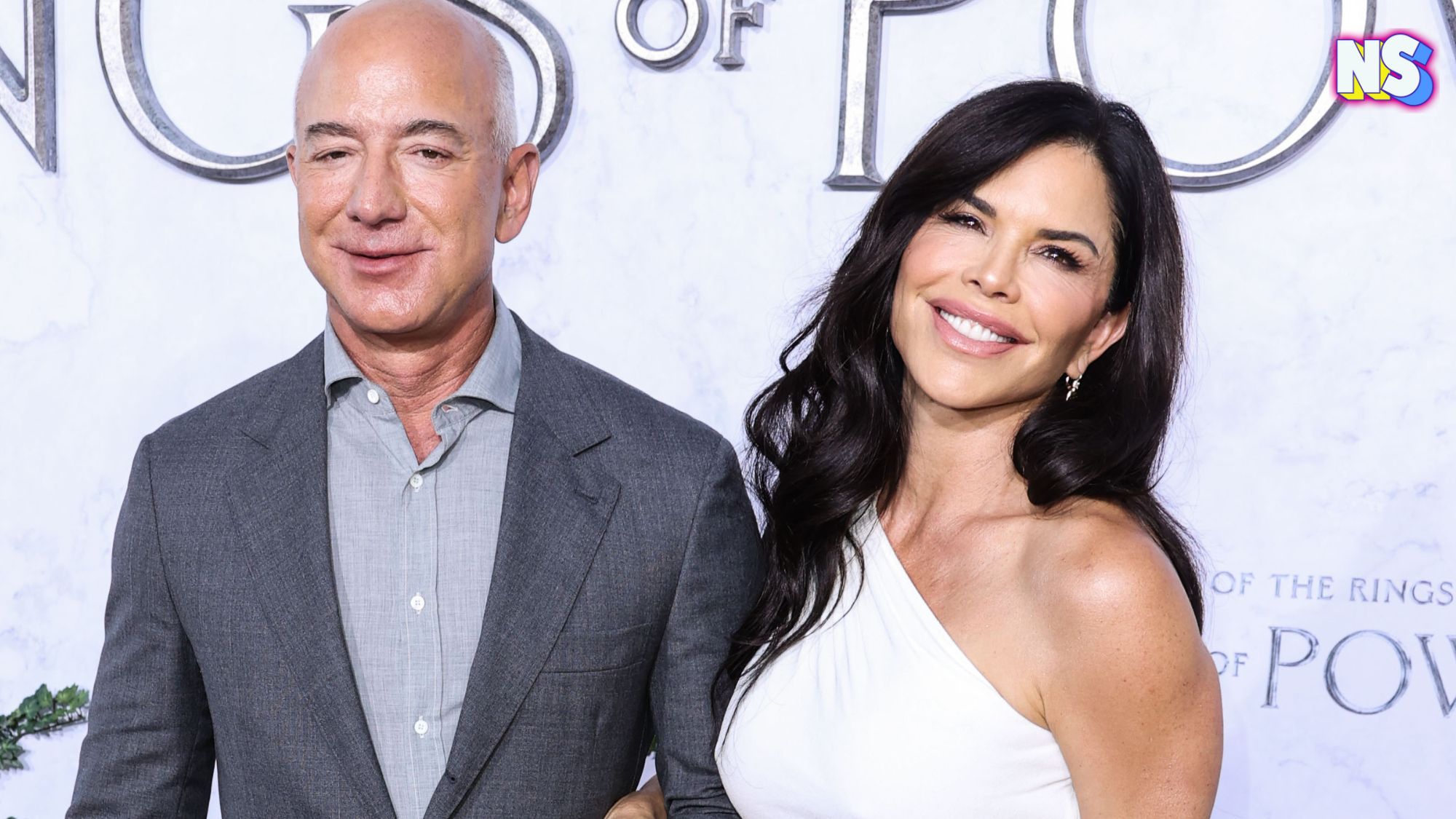In the glittering world of cinema, a disheartening narrative persists: Hispanics and Latinos are still underrepresented.
This is according to a recent study released this week by the University of Southern California’s Annenberg Inclusion Initiative.
This extensive analysis left no stone unturned, meticulously examining the portrayal of over 62,000 speaking characters, while also casting an inquisitive eye on the involvement of 13,000 directors, producers, and casting directors.
The findings are eye-opening.
“There is a clear and persistent lack of stories that center on Hispanic/Latino actors and the Hispanic/Latino experience,” Ariana Case, the study’s lead author,told the Guardian. “Despite the profusion of talent from this community, there is a clear reluctance on the part of the entertainment industry to develop and distribute these stories.”
A Decades-Long Struggle
Despite Latinos constituting a substantial 20 percent of the nation’s population, less than 5% of all directors in the film industry are from Hispanic/Latino backgrounds. To compound this staggering disparity, a mere five of these 82 directors were women.
However, the imbalance doesn’t stop there, at the helm.
Even when movies did occasionally feature Hispanic or Latino characters, their roles were often confined to narrow stereotypes, depicting them as immigrants or individuals with low income.
Here are the numbers: the study finds that 24.4 percent of those attaining top billing are portrayed as immigrants. The same percentage is pigeonholed as low-income individuals.
Even more disconcerting, over half (57.8 percent) of these characters were relegated to the role of criminals, with nearly half (46.2 percent) cast as violent offenders. A pervasive portrayal of anger or temperamental behavior engulfed 40 percent of these roles, while nearly one-third (31.1percent) were sexualized, their identities reduced to mere objects of desire.
“… more than a quarter were presented solely as the comic relief of their movie, often opposite a more three-dimensional white character,” The Huffington Post reports.
In an era where the call for diversity and authentic representation has never been louder, these findings reveal the sad truth of the film industry.
“Hispanic/Latinos are not a monolithic community, but the film offers a very narrow picture that does little to communicate how diverse this group is,” Case told Guardian. “There is almost no representation of the array of communities that encompass this ethnic group. Few women, few LGBTQ+ Hispanic/Latinos and very few Hispanic/Latinos with disabilities are shown in film.”
Afro-Latino actors, despite their potential for enriching narratives, were allocated less than 1 percent of all lead or co-lead roles, perpetuating the industry’s long-standing habit of overlooking these voices.
It’s all a stark reminder of the uphill battle for authentic representation and diversity in the world of cinema.





